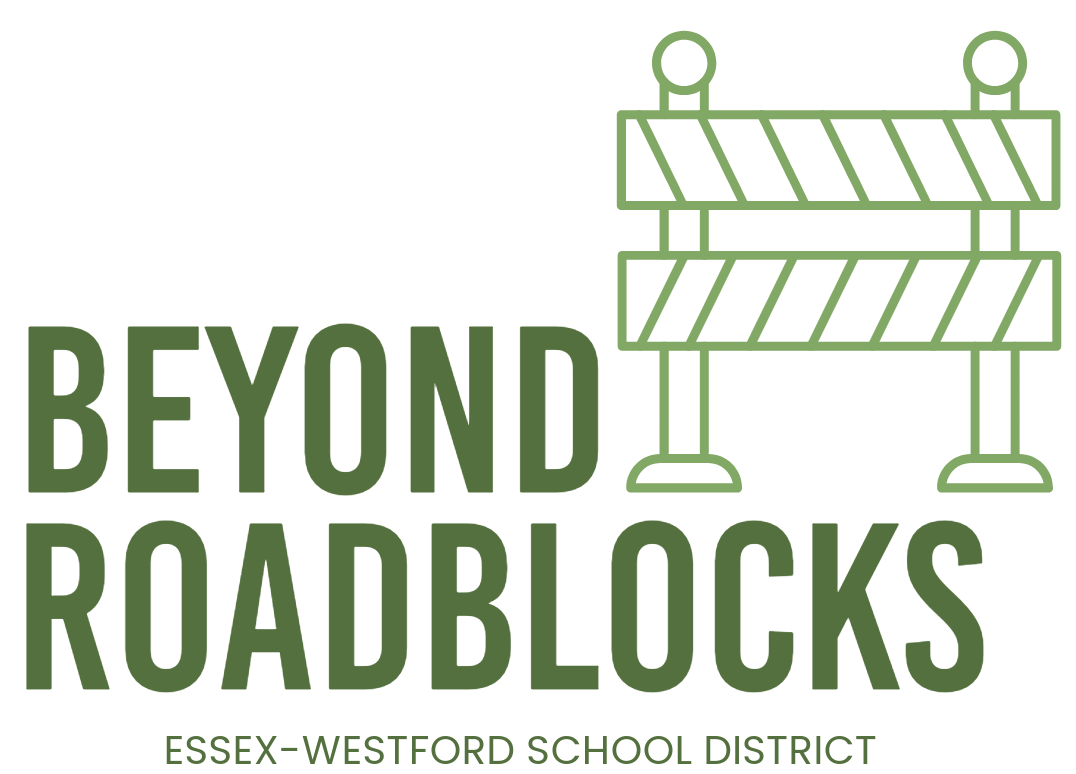When it comes to the education of children with special needs, Individualized Education Plan (IEP) meetings are critical moments for families and schools alike. However, as a parent who has attended numerous IEP meetings, I’ve noticed a troubling trend: the focus often seems to shift from the needs of the child to the need to “check boxes” and meet legal requirements. While compliance with the law is undoubtedly important, it begs the question—what is the true purpose of an IEP meeting?
Legal Compliance vs. Meaningful Support
The Individuals with Disabilities Education Act (IDEA) mandates that schools must provide a Free Appropriate Public Education (FAPE) to students with disabilities, and the IEP serves as the roadmap for doing so. Yes, the legal framework ensures that children with disabilities receive the education and accommodations they are entitled to. But if we’re only satisfying the letter of the law, are we truly serving the child?
IEP meetings should be much more than a formality to meet legal obligations. They should be collaborative, thoughtful discussions centered around what a child truly needs to thrive. As a parent, I often feel the district is more concerned with making sure they have met their legal obligations—”Did we send the proper paperwork? Did we get the signatures?”—rather than focusing on what supports are actually going to benefit my child.
A Child-Centered Approach
At its core, the true purpose of an IEP meeting is to determine the appropriate supports for a child’s unique needs. Each child is different, and their educational plans should reflect that. The aim should be to assess their strengths and weaknesses holistically and design a plan that helps them achieve their educational goals.
An IEP meeting should be a space for families and educators to come together, share observations, and work toward developing a plan that maximizes the child’s potential. Ideally, the team should discuss not just what’s “required” by law but what will actually make a difference in the child’s day-to-day life. Will the supports provided help the child feel confident in the classroom? Will they foster independence? Will they address challenges like sensory sensitivities, communication difficulties, or other specific barriers?
Shifting the Focus: What Should Happen in an IEP Meeting
Here are a few key points that should guide any IEP meeting:
- Child-Centered Discussion: The conversation should always start with the child’s needs, not with administrative concerns. Teachers, specialists, and parents should come prepared to discuss observations, data, and strategies that will directly benefit the child.
- Individualized Goals: The purpose of the IEP is to set achievable, measurable goals for the child, based on their current abilities and potential. These goals should be personalized and not generic to meet compliance checklists.
- Collaboration, Not Compliance: When parents and educators approach the IEP as a true partnership, the conversation shifts from “How do we satisfy the law?” to “How do we best support this child?” The legal framework should serve as the foundation—not the ceiling—of the conversation.
- Continuous Improvement: IEPs should evolve as the child progresses. If something isn’t working, the team should be ready to make changes, not just to stay compliant but to truly support the child’s growth.
The Bottom Line
IEP meetings are about so much more than fulfilling legal requirements. They are about ensuring that children with disabilities receive the appropriate support to reach their full potential. As parents, it’s crucial that we advocate for meetings that focus on what is right for our children, not just what is required by law. After all, these plans shape our children’s educational experiences and, ultimately, their futures. Let’s make sure the conversation is always about them.

Leave a Reply